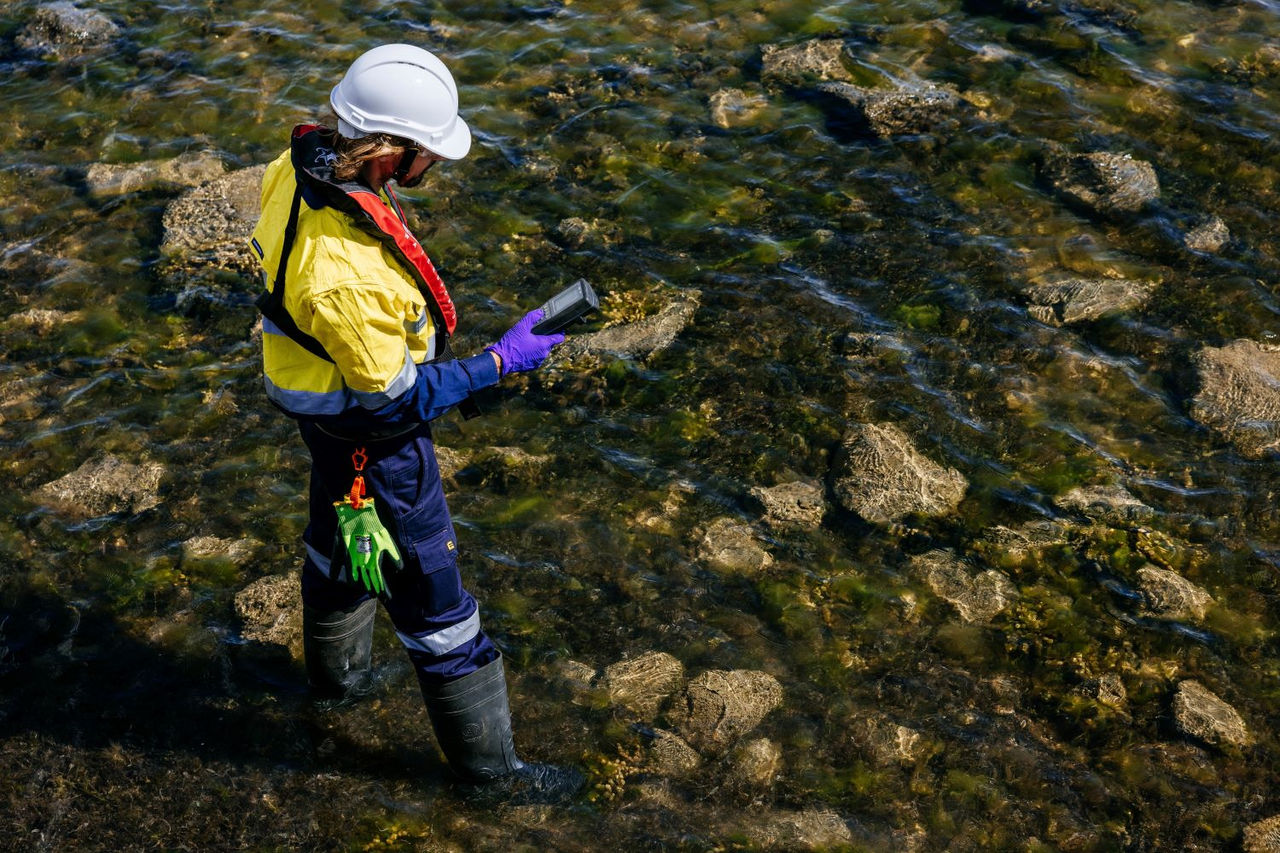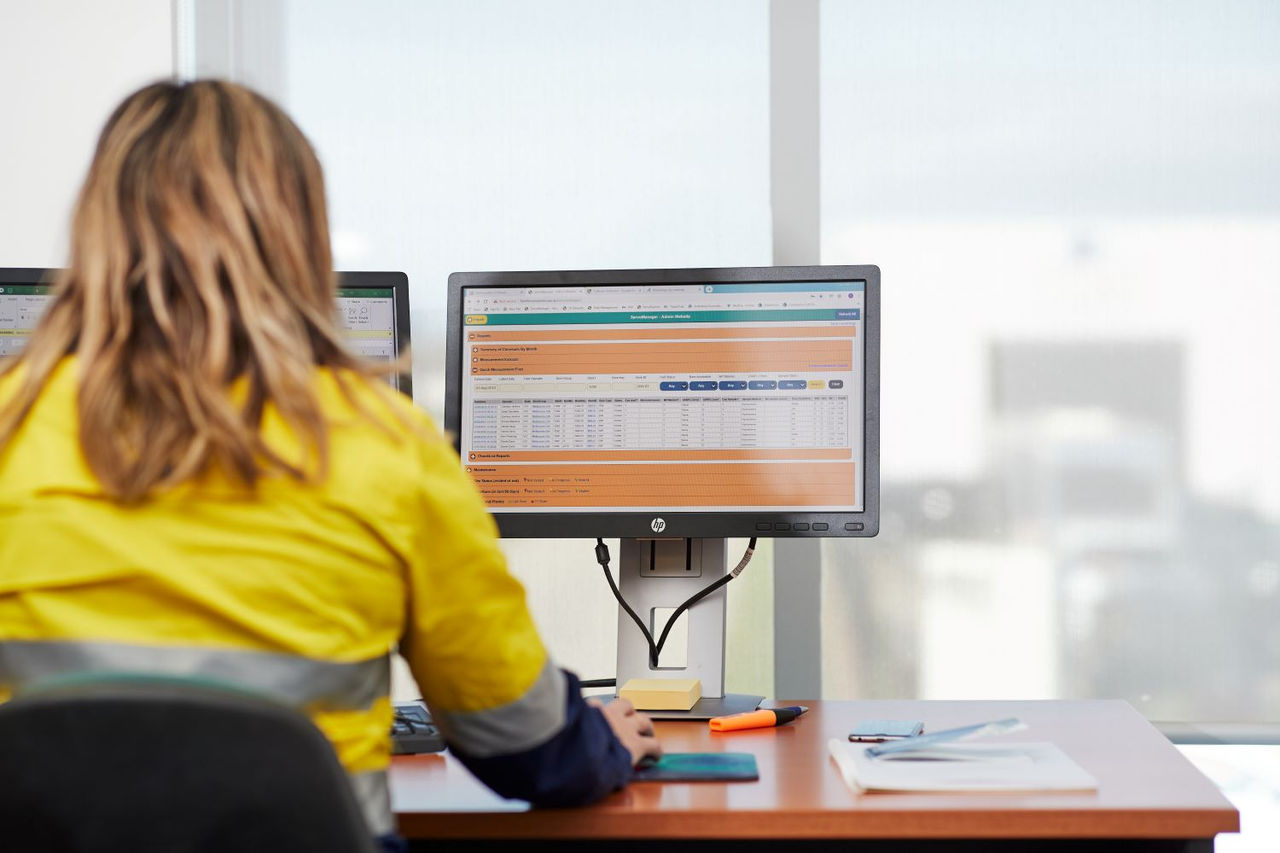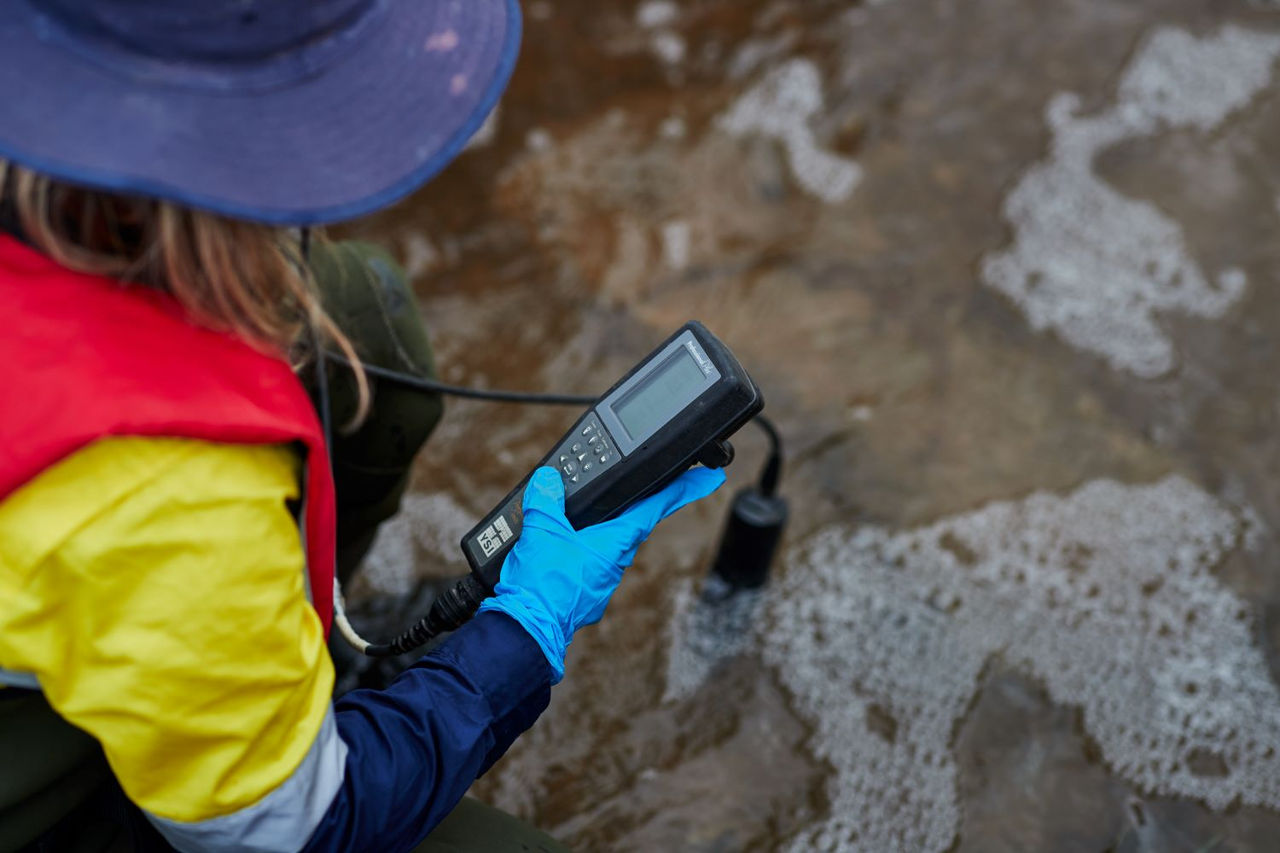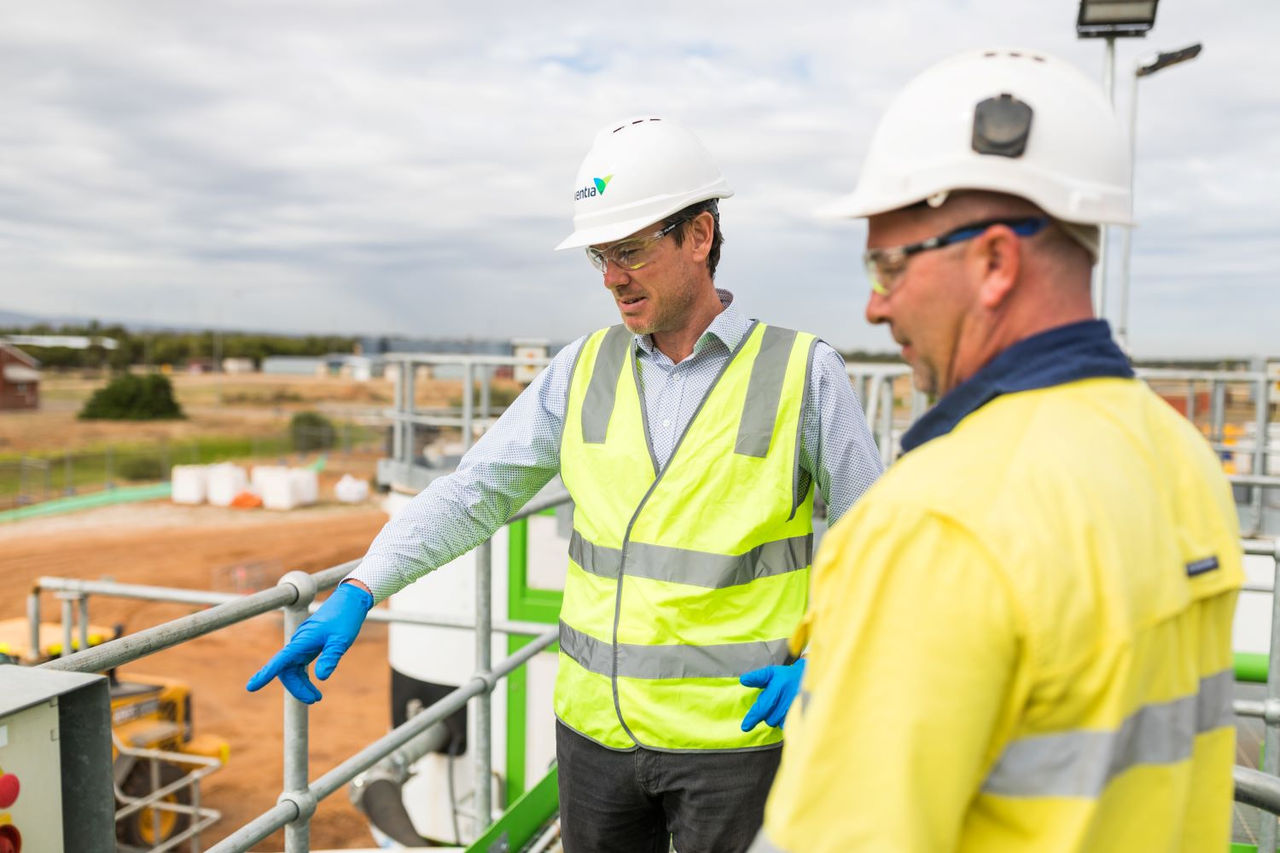“This enabled us to greatly optimise our field schedules and provided a direct link between the planning and implementation phases,” Pickles said.
All Ventia apps are designed to capture data quickly and efficiently. This includes Safety, Health, Environment, and Quality (SHEQ) information, field measurements, data issues, photos, and verification systems.
The Ventia teams also have access to historical datasets against which to validate new readings. The apps can notify clients immediately of any reportable observations.
“For example, if there were a potential petrol leak in a retail service station, an email would go straight to the client advising of this,” Pickles said. “The same goes for other contaminants in other locations.”
All that data is instantly captured and stored within a secure database. This allows Ventia to add additional functionality as requested by the client, who can access and download that data when needed.



